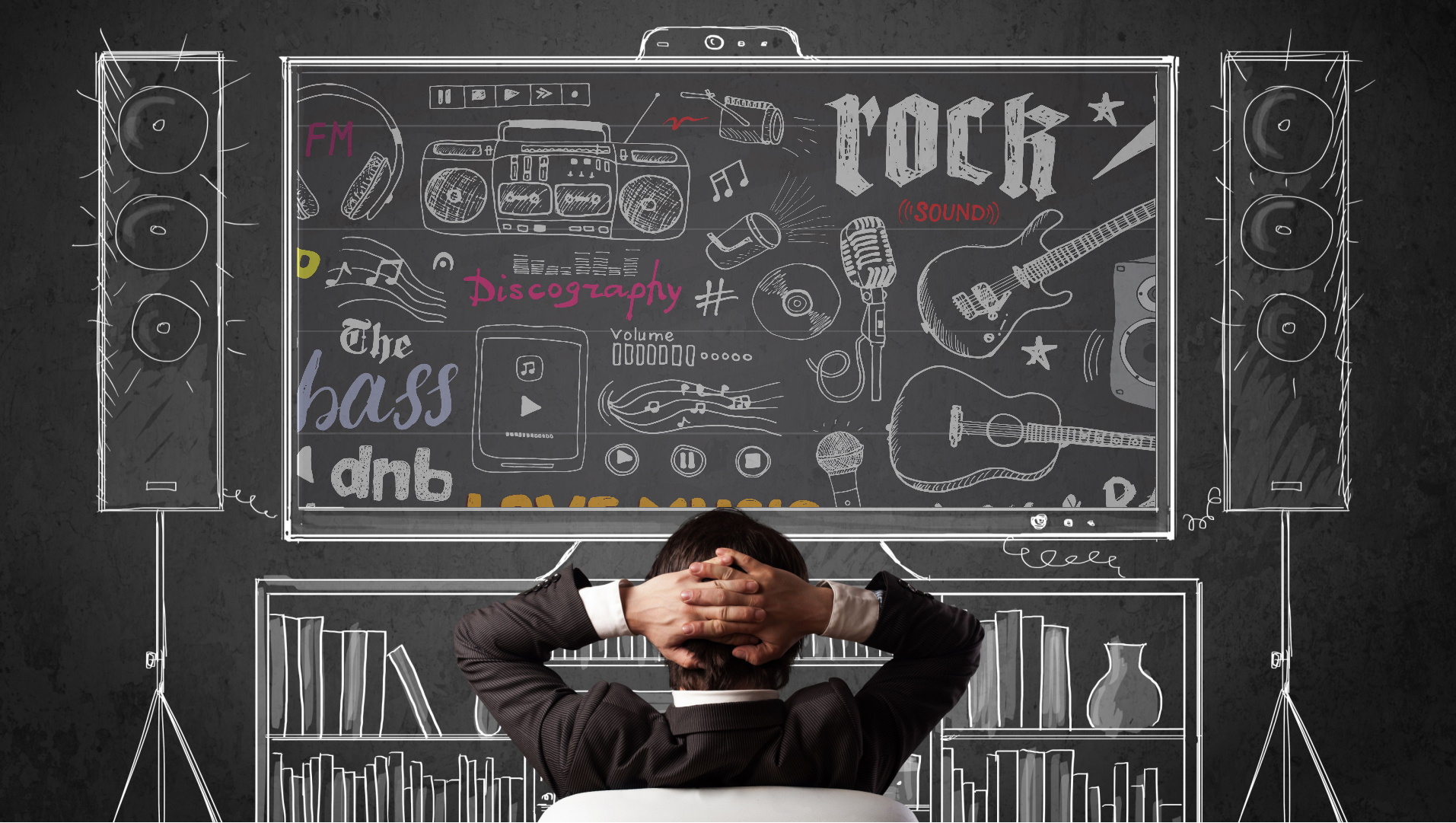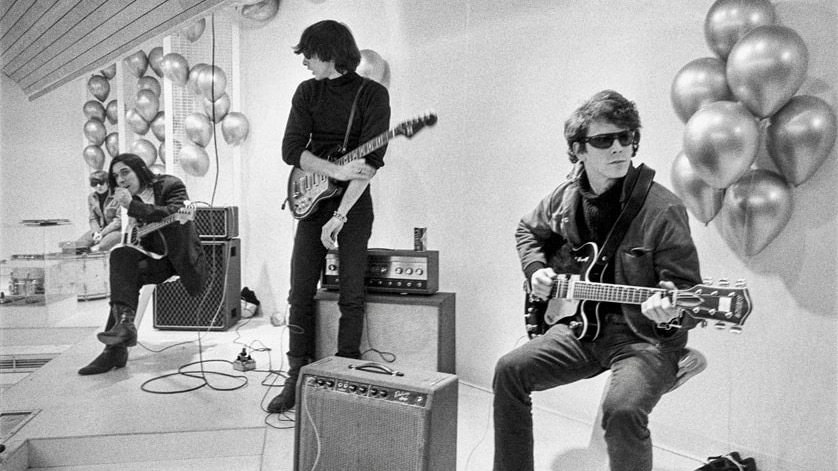Listening to music in Dolby Atmos blew my mind – and I didn't need Apple AirPods
Dolby Atmos transformed the way I listen to music – and now I can’t go back

As a prog rock fan, it probably won't surprise many people to know that I love listening to music in surround sound. I’m one of the few who kept an eye out for new SACD releases, but a while back it fell out of fashion, with multi-channel SACD and DVD-Audio releases drying up. It seemed that outside of a few limited-edition (and ridiculously expensive) box sets and rereleases of albums I already owned multiple times, I’d be stuck with stereo.
However, surround-sound audio has recently made a big comeback, mainly thanks to Dolby and Apple. It makes sense that Dolby is leading the charge but Apple has been instrumental in making spatial audio popular by pushing it on its Apple Music service in conjunction with its AirPods Pro 2 and AirPods Max headphones.
This has resulted in an explosion of new and old music released in Dolby Atmos, which meant I was desperate to try it. The only problem was I didn’t have Apple AirPods or an Apple Music subscription.
Tidal, Nvidia and Onkyo to the rescue
What I did have was a home theater setup with an Onkyo AV receiver that, while starting to show its age, supports Dolby Atmos. That got me thinking – is getting the full Dolby Atmos music experience confined to using headphones with special Spatial Audio support? The good news is that it’s not, and it works with home theater setups.
On investigation, I also needed a device that could send Dolby Atmos music to my receiver. Luckily, the Nvidia Shield TV Pro plugged into my television could do just that. I could also download the Tidal app onto it, and I knew that Tidal, an Apple Music and Spotify rival that's always put particular emphasis on audio quality (and paying artists more for their music, which is commendable), has a large selection of Dolby Atmos audio tracks. So I signed up and gave it a try.
And I’m glad I did. It took a little bit of digging – it's not immediately clear where to find Dolby Atmos music via the Android TV app – but once I found some curated playlists of Dolby Atmos tracks and checked to see if any of my favorite bands' albums had Dolby Atmos versions, I sat back and started to listen.
For my first attempts, I was listening to the music in a standard 5.1 speaker configuration – front left, center, front right, rear left, and rear right for the ‘5’, and a subwoofer for the ‘.1’. Despite not being a full Dolby Atmos speaker system, as there are no height speakers, the results were excellent. Modern tracks that may have been recorded and mixed with Dolby Atmos sounded fantastic, with active use of the rear channels for an engaging and immersive experience.
Sign up for breaking news, reviews, opinion, top tech deals, and more.
Suddenly, I had access to a huge amount of surround sound music from a huge range of artists and genres, rather than being limited to my small collection of SACD and Blu-ray albums. After being so impressed, there was only one thing for me to do: expand my setup and invest in some height speakers.

Do the height speakers make a difference to Dolby Atmos music?
As a film fan, I’d been meaning to upgrade my 5.1 system to a Dolby Atmos 5.1.2 for a while. Because I'm useless at DIY, and I didn’t want to go making holes in the ceiling and trailing speaker wires all over the place.
Thankfully, you can get up-firing height speakers that essentially bounce the audio from the ceiling to where you’re sitting. This is the technique that the best Dolby Atmos soundbars use, but I was wary of it. I knew the effect wouldn’t be as powerful as if I had physical speakers installed above my head and I’ve never been particularly impressed with virtual surround, preferring the immersion that physical 5.1 speaker setups offer (and suffering through the added frustration and complexities these setups also bring, especially when you’re installing them and figuring out how to get the speaker cables from one end of the room to another without causing trip hazards).
However, plenty of people are impressed with this type of height speaker, and as there was no other way to get the Dolby Atmos effect (I really did not want to drill holes in the ceiling), I decided to get some up-firing speakers that could sit on top of my front speakers.
There were a few other issues that impacted what I could buy. The first was budget. While I didn’t want to go for cheap models that would only offer disappointment, I am also a tech journalist with a young kid, so I don’t have a lot of spare cash.
Another consideration is that up-firing speakers are designed to sit on top of your front speakers, so they need to be roughly the same size. This may not be a problem for some, but I use Monitor Audio Radius 270 floor-standing speakers, which are quite narrow. Monitor Audio does make Dolby Atmos speakers, but they only fit the company’s larger speakers.
With a bit of searching, I found the perfect set: the Onkyo SKH410 Atmos Speakers. And, while they launched as affordable Atmos speakers, I found a pair on eBay that had never been used and were going for a very decent £60 (around $70 / AU$105). At that price, I was willing to give them a chance.
Once they arrived, I balanced them on my front speakers (they fit perfectly), hooked them up to my receiver, and fired up Tidal again.
And, again, I was impressed. While the height speakers didn’t really make it feel like sounds were coming from directly above me (which is an effect you probably wouldn’t get much in music, anyway), what it did do was expand the soundstage, so the whole room filled with music. It isn’t easy to describe (especially as I’m not a music journalist), but the height speakers really did make a difference, and made for a much more immersive experience.
Interestingly, live performances really benefited from Dolby Atmos, with the height speakers giving the sense of presence you might feel at the venue and the surround speakers covering crowd noise and effects. Closing your eyes, you really could imagine being in the crowd – and with me mainly liking bands and artists who are dead, this form of time travel is extremely exciting.
It brought out details I’d previously missed on studio tracks and gave me a whole new appreciation for some songs. It was mind-blowing. While I haven't listened to Dolby Atmos tracks using spatial audio-equipped headphones, I can’t imagine it living up to the expansiveness of a home theater setup.

One of the most remarkable moments I had was listening to The Velvet Underground and Nico. Every speaker was used to its full, to the point where it sounded like the drummer was sitting in the right-hand corner of my living room. Other Dolby Atmos albums and playlists that gave me fantastic experiences were Rumours by Fleetwood Mac, Midnights by Taylor Swift, and Abbey Road by The Beatles. Traveler's Blues is also a great example of how a genre normally made up of stereo and even mono recordings, can be transformed by Dolby Atmos without feeling like a gimmick.
I’m definitely keen to give that a go, however. As for Dolby Atmos music, it’s convinced me I can’t go back to stereo, and Tidal’s growing list of Dolby Atmos tracks could mean I never buy a CD or vinyl again.

Matt is TechRadar's Managing Editor for Core Tech, looking after computing and mobile technology. Having written for a number of publications such as PC Plus, PC Format, T3 and Linux Format, there's no aspect of technology that Matt isn't passionate about, especially computing and PC gaming. He’s personally reviewed and used most of the laptops in our best laptops guide - and since joining TechRadar in 2014, he's reviewed over 250 laptops and computing accessories personally.